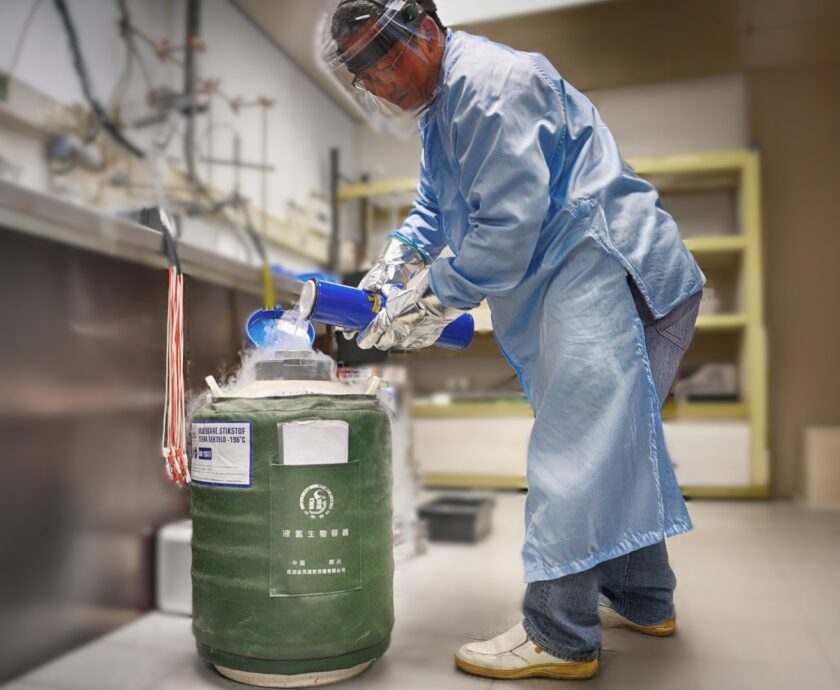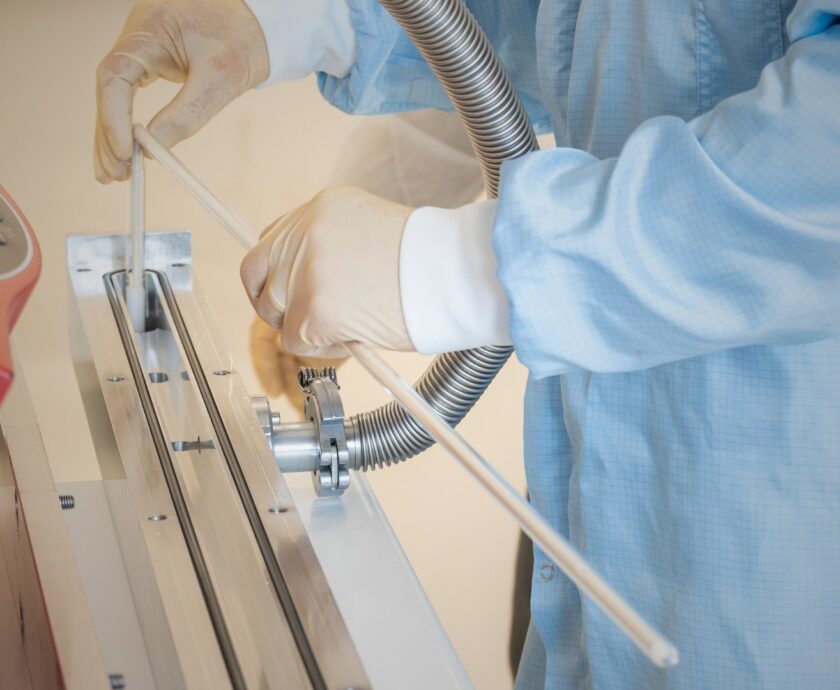Accurate temperature measurement is critical in industrial operations, from chemical processing and power generation to pharmaceutical manufacturing and semiconductor fabrication. However, many plants unknowingly introduce calibration errors that lead to inaccurate readings, process inefficiencies, equipment failures, and even regulatory non-compliance.
Poor calibration practices can cause temperature sensors—thermocouples (TCs) and resistance temperature detectors (RTDs)—to drift over time, leading to small but cumulative errors that can result in millions in losses due to wasted energy, defective products, or unplanned downtime.
Avoiding these five common calibration mistakes can save your plant significant costs and ensure reliable operations.
1) Relying Solely on Factory Calibration
One of the most common misconceptions is assuming that factory calibration is sufficient for long-term accuracy. Even when sensors are calibrated during manufacturing, they can experience changes during installation, and operation.
Why It’s a Problem
- Temperature sensors drift over time due to mechanical stress, oxidation, and environmental exposure.
- Our factory calibration does not account for process-specific conditions like electrical noise, thermal cycling, or sensor placement errors.
- Even a small deviation of ±1°C in a refinery or pharmaceutical plant can significantly impact product quality and regulatory compliance.
Best Practice
- Perform an initial calibration verification after installation to confirm that the sensor reads accurately in the operating environment.
- Establish a regular calibration schedule based on sensor criticality and drift rate.
- Use in-situ calibration techniques to verify accuracy without removing the sensor.
2) Ignoring Sensor Drift and Long-Term Stability
All temperature sensors degrade over time, but many facilities fail to track or compensate for sensor drift. This results in slow, undetected errors that can accumulate over months or years.
Why It’s a Problem
- Thermocouples (TCs) drift due to metallurgical changes, oxidation, and contamination from high temperatures.
- RTDs can experience resistance drift due to wire stress, moisture ingress, or mechanical damage.
- A drifting sensor can produce false confidence, causing operators to make decisions based on incorrect temperature data.
Best Practice
- Track calibration data over time to identify drift trends and predict when a sensor will go out of tolerance.
- Establish calibration intervals based on application demands, not just fixed time schedules.
- Use high-quality sheathing materials (e.g., Inconel, Hastelloy) for thermocouples in extreme environments to minimize drift.
3) Using the Wrong Calibration Method
Different calibration methods serve different purposes, but choosing the wrong method can lead to unreliable results.
Common Mistakes
- Using a single-point verification when a multi-point calibration is required.
- Applying comparison calibration when fixed-point calibration is needed for high-accuracy sensors.
- Calibrating at ambient temperature when the sensor is used in extreme conditions.
Best Practice
- Fixed-Point Calibration (using stable phase-transition temperatures like the melting point of tin) is the most accurate method but is typically reserved for laboratory reference thermometers.
- Comparison Calibration (placing the sensor in a temperature bath alongside a calibrated reference sensor) is widely used for industrial thermometers.
- In-Situ Calibration is necessary when removing the sensor is impractical. Use a calibrated probe to compare readings at operational temperatures.
Choosing the right calibration technique based on accuracy requirements and process conditions ensures trustworthy data and regulatory compliance.
4) Failing to Account for Lead Wire and Installation Errors
Incorrect sensor wiring, lead resistance, and improper mounting can introduce significant hidden errors in temperature readings.
Why It’s a Problem
- RTD lead wire resistance can create errors if a 2-wire configuration is used instead of a 3-wire or 4-wire setup.
- Thermocouple extension wires must match the sensor type (e.g., Type K thermocouples must use Type K extension wire); mismatched wires cause voltage errors.
- Mounting errors, such as poor sensor contact in a thermowell or improper insulation, create thermal lags and inaccurate readings.
Best Practice
- Use 4-wire RTD configurations for maximum accuracy, especially for long cable runs.
- Verify thermocouple wiring polarity and ensure all connections use compatible extension wires.
- Install sensors properly in thermowells using thermal grease or spring-loaded fittings to improve heat transfer and response time.
These simple but critical checks eliminate common installation errors that often go unnoticed.
5) Neglecting Calibration Documentation and Compliance
Many industries, including petrochemical, pharmaceutical, aerospace, and energy, have strict temperature monitoring and calibration traceability requirements. Failure to document calibration data can lead to regulatory penalties, legal risks, and loss of operational certification.
Why It’s a Problem
- Regulatory agencies such as FDA, ISO 17025, and NIST require documented calibration records for process validation.
- Lack of historical calibration data makes it impossible to track sensor drift trends and predict failures.
- Poor documentation creates compliance risks and makes audits more difficult.
Best Practice
- Maintain a centralized calibration record system that logs calibration dates, reference standards used, and sensor performance over time.
- Use automated calibration management software to track sensor performance, schedule recalibrations, and generate compliance reports.
- Ensure calibration is traceable to NIST (National Institute of Standards and Technology) or equivalent national standards.
Proper documentation not only ensures regulatory compliance but also helps identify long-term trends in sensor performance, allowing proactive maintenance planning.
Wrapping Up
Temperature measurement errors can have far-reaching consequences in industrial settings, from reduced product quality to energy inefficiencies and regulatory violations. The five most common calibration mistakes—relying solely on factory calibration, ignoring sensor drift, using the wrong calibration method, failing to account for wiring errors, and neglecting documentation—can cost plants millions in wasted resources and unplanned downtime.
By implementing regular calibration schedules, choosing the right calibration methods, eliminating wiring errors, and maintaining proper documentation, industrial facilities can ensure more accurate, reliable, and compliant temperature measurements.




